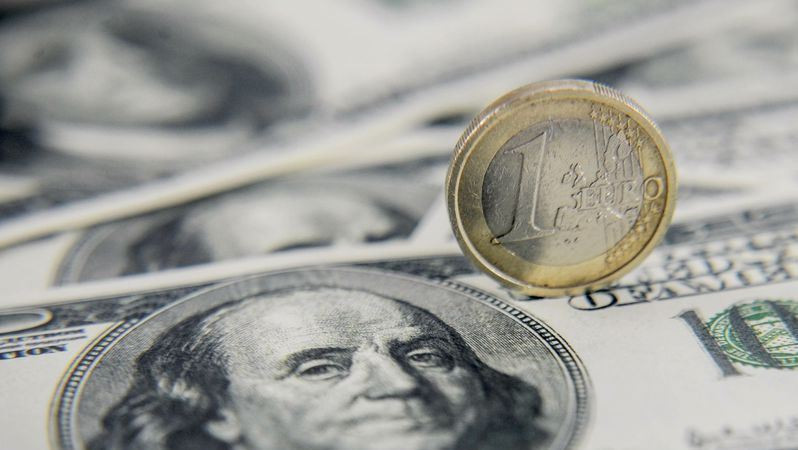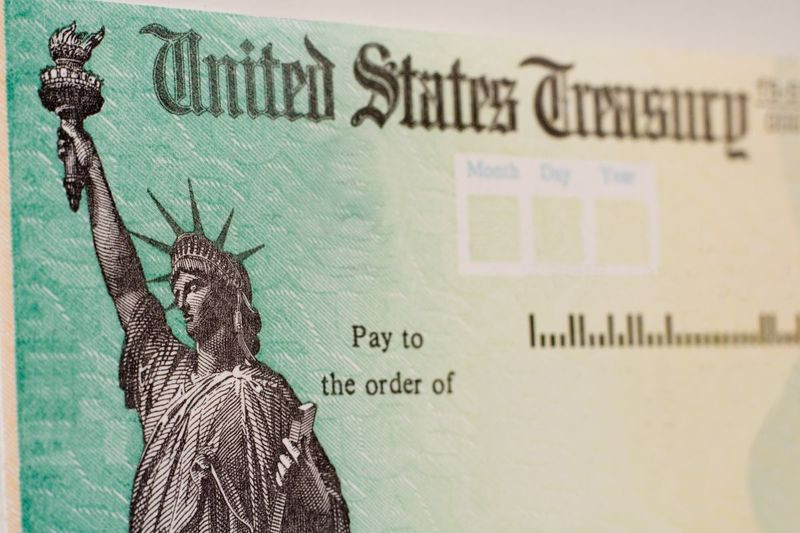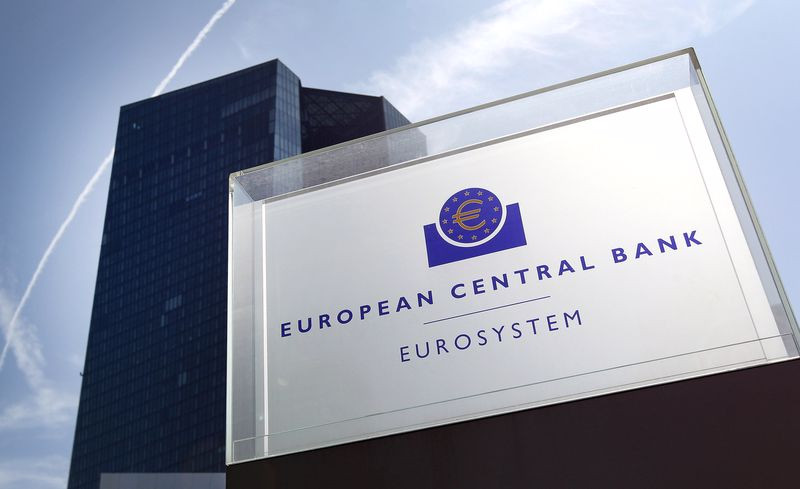
The main Wall Street indices started yesterday's session in negative territory, but then turned to growth and ended trading in positive territory, increasing by an average of 0.3-0.5%.
A similar pattern was observed in the foreign exchange market, where the EUR/USD pair touched the lowest levels since July 2020 around 1.1530 and was able to reduce its losses, recovering to 1.1556, as the defensive dollar retreated from multi-month peaks.
Some progress in solving the problem of the US government debt limit has contributed to an improvement in risk appetite in global markets, analysts at Mizuho Bank say.
Optimism was added by the news that oil and gas prices went down after a barrel of WTI black gold rose to a seven-year high, and the cost of blue fuel reached a record peak in Europe.
Yesterday, the leader of the Republican minority in the Senate, Mitch McConnell, said that they are ready to support an emergency increase in the debt limit by a fixed amount, which will cover the state's expenses until December. Democratic senators have made it clear that they will accept the Republican proposal, Bloomberg reports.
"Republicans and Democrats in Congress have opened the door to solving the problem of raising the debt ceiling, saying that they will consider a temporary measure extending the borrowing limit until December. Although the deal simply postpones the threat of default until the end of the year, it at least eliminates another reason for the deterioration of market sentiment in the short term. Against this background, the yield of US Treasury bonds has slightly decreased from recent highs," strategists at Danske Bank said.
Tracking the fall in the yield of 10-year treasuries from 1.57% to 1.50%, the USD index sank to 94.20 points, after it rose above 94.40 points earlier.
Key US stock indexes are trading in the green zone on Thursday, adding an average of 1%. The greenback is on the defensive, losing about 0.1% against its main competitors and gradually pressing down to the level of 94.00. The EUR/USD pair is trying to develop yesterday's rebound from 15-month lows, but faces resistance in the area of 1.1570.
Analysts do not believe in the long-term nature of the so-called "relief rally" and say that soon the problems that have been bothering them lately will return to the radars of investors. Therefore, any drop in the dollar is likely to be short-lived and will end quite quickly.
Numerous reasons for concern remain, including disruptions in supply chains, rapid price increases and expectations of monetary policy tightening by the Federal Reserve, The Wall Street Journal reports.
"There are more and more concerns about inflation and about the fact that we are going to increase rates, and all this may lead to a decrease in extremely high stock prices," ING experts said.
In addition, according to analysts, there is a possibility that risky assets will experience difficulties with growth due to the trend in bonds. As alternative investment tools, they offer ever higher returns.

This week, the yield on 10-year treasuries reached its highest level since June, reacting to an increase in inflationary pressure in the United States, which in turn was caused by surging energy prices.
Against this background, the hawks of the Federal Reserve become more active and bend their line again.
In particular, the head of the St. Louis Fed, James Bullard, insists on more aggressive steps to curb inflation and expects two interest rate hikes next year.
On the other side of the Atlantic, the surge in energy prices has also been in the spotlight. Several European leaders have called for investigating this increase, as well as coordinating the purchase of natural gas. This worked when purchasing vaccines, but gas is a completely different matter. At the same time, the price decline is unlikely to be sharp – winter is near, and the opportunities for supply growth are limited. So leaving below a dollar per cubic meter may well be delayed until the end of the first quarter of 2022.
As for oil prices, OPEC+ is in no hurry to increase production of black gold, so we may still see a rise in quotes above $90 per barrel in the fourth quarter.
Meanwhile, the European Central Bank rejects concerns about a surge in inflation in the eurozone.
"The current surge in inflation in the eurozone is mostly temporary, and there remains a risk that we will not reach the inflation target, rather than exceed it," said Francois Villeroy de Galo, a member of the ECB Governing Council.
A similar opinion is shared by another ECB board member, Isabelle Schnabel.
"The current increase in inflation may be the result of temporary factors, and so far there are no signs that increased inflation will become permanent," she said.
"The increase in inflation was mainly caused by temporary factors, the impact of which will weaken in the medium term, so it does not require action. An accommodation policy is still needed. An early rejection of easing may raise questions about the Governing Council's determination to return inflation to the target level," the minutes from the ECB's September meeting published today say.
Unlike the Fed, where the number of supporters of raising interest rates by the end of 2022 is growing, the market does not expect similar actions from the ECB.
"The Fed's recent hawkish shift, combined with the ECB's continuing dovish stance, should keep the dollar strong at least until the end of the year," Sumitomo Mitsui Asset Management strategists believe.
Credit Suisse analysts maintain a bearish mood for the EUR/USD pair and expect to see it fall to 1.1400 in the short term.
"It is unlikely that the current ECB cycle will become hawkish due to any temporary inflationary risk. The central bank has previously been criticized for raising rates in July 2008 against the background of another jump in energy prices and in a slowing economy," they said.

The EUR/USD pair slightly grew on Thursday, along with key US stock indices, while the dollar is weakening in all directions, as market sentiment remains positive on signs of resolving the problem with the US national debt.
However, the euro's growth potential looks limited, and the demand for a protective greenback may soon resume.
The fact is that M. McConnell's proposal is a temporary solution. Republicans refuse to consider a long-term increase in the debt ceiling and continue to actively oppose the increase in government spending. In late November or early December, investors will once again witness a political struggle in Washington over the issue of the debt limit.
In addition, according to JP Morgan analysts, in the near future the market will focus on the fact that the yield of US Treasury bonds will continue to grow against the background of the reduction of quantitative easing by the Fed.
At the same time, the increasing inflationary pressure in the United States may create obstacles to economic growth in the country and affect how soon the Fed will be able to raise interest rates.
Data published on Tuesday showed that the ISM PMI in the US services sector rose from 61.7 to 61.9 points in September, more than meeting expectations. However, the costs of companies as a whole remained at an elevated level, indicating the risk of an increase in consumer prices in the coming months. The corresponding sub-component has grown from 75.4 to 77.5 points and is at its highest since 2008.
Analysts at the Peterson Institute of World Economics see growing chances that the Fed may need a more aggressive approach to rates than the markets and the central bank itself currently expect.
And Saxo Bank frightens with stagflation - when inflation costs eat up even formal economic growth.
"Although stocks are expensive right now, it seems that there are no attractive alternatives for a long-term investor. However, inflation and interest rates are the real risks for investing in stocks, and we recommend portfolio holders to think about it now," the bank's analysts said.
Also of concern are China's real estate problems, which are extending beyond Evergrande and preventing the dollar from plummeting.
The dollar fell against the euro after two days of growth. However, Citigroup strategists believe that the jump in energy prices will slow the growth of the eurozone economy, as it will affect the purchasing power of local households. This situation, in turn, will negatively affect the euro rate. Consequently, the bears on EUR/USD have every chance to outnumber the bulls.
A breakthrough below recent lows in the 1.1530 area would allow bears to target the 1.1500 round level on the way to 1.1475 and 1.1440.
On the other hand, the nearest resistance is located at 1.1570. The next barrier to growth emerges at 1.1640, followed by 1.1690 and 1.1750.
 English
English 
 Русский
Русский Bahasa Indonesia
Bahasa Indonesia Bahasa Malay
Bahasa Malay ไทย
ไทย Español
Español Deutsch
Deutsch Български
Български Français
Français Tiếng Việt
Tiếng Việt 中文
中文 বাংলা
বাংলা हिन्दी
हिन्दी Čeština
Čeština Українська
Українська Română
Română

